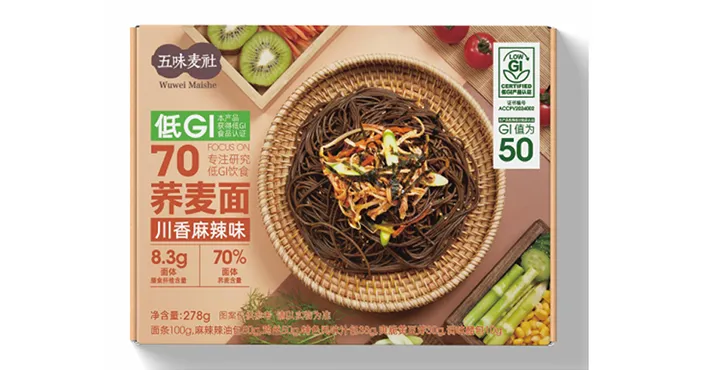Handcrafted Fresh Pasta Techniques for a Delicious Homemade Meal
Making Fresh Pasta by Hand A Culinary Joy
There is something incredibly satisfying and rewarding about making fresh pasta by hand. Unlike the store-bought varieties that often contain preservatives and lack the rich, authentic flavor of homemade dough, making pasta from scratch allows you to experience the art of cooking at its finest. This process not only engages the senses but also creates a connection to tradition and heritage. Whether you are a novice cook or an experienced chef, the experience of crafting your own pasta can be both fun and fulfilling.
To begin, gather the necessary ingredients. The beauty of fresh pasta is that it requires only a few simple components flour, eggs, and a pinch of salt. For a basic recipe, three cups of all-purpose flour or “00” flour—known for its fine milling and excellent gluten content—is ideal. Additionally, you will need approximately four large eggs. Using high-quality ingredients is key, as they will significantly impact the texture and flavor of the final product.
Making Fresh Pasta by Hand A Culinary Joy
As the dough begins to form, use your hands to knead it. This step is crucial, as it develops the gluten, giving the pasta its chewy texture. Knead the dough for about 10 minutes until it becomes smooth and elastic. If the dough feels too sticky, dust it with a little more flour. Once it reaches the desired consistency, wrap it in plastic wrap and let it rest for at least 30 minutes at room temperature. Allowing the dough to rest relaxes the gluten, making it easier to roll out later.
making fresh pasta by hand

After the dough has rested, divide it into smaller portions to make it more manageable. Keep the unused portions covered to prevent them from drying out. Using a rolling pin or a pasta machine, roll out the dough into thin sheets, about 1/16 inch thick. If you’re using a pasta machine, gradually pass the dough through the rollers, starting with the widest setting and working down to your desired thickness. This process not only creates uniformity but also adds an authentic texture to your pasta.
Once rolled out, you can cut the pasta into various shapes. For fettuccine, simply cut the sheets into strips about half an inch wide. For lasagna, cut the dough into rectangular sheets. The possibilities are endless; you can even shape your pasta into delicate ravioli filled with your choice of ingredients. To ensure your shapes hold together, lightly dust them with flour to prevent sticking.
Cooking fresh pasta is a quick and easy process. Bring a large pot of salted water to a boil. Fresh pasta cooks rapidly, typically in just 2-4 minutes. Taste a piece to check for doneness, which should be tender yet firm to the bite. Drain the pasta and toss it with your favorite sauce, be it a simple marinara, a rich Alfredo, or even a light olive oil and garlic dressing.
Making fresh pasta by hand is more than just crafting a meal; it’s about reconnecting with the culinary traditions that have been passed down through generations. The joy derived from rolling out dough, the aroma of freshly cooked pasta, and the satisfaction of sharing your creation with others all culminate in a delightful experience. So roll up your sleeves, gather your ingredients, and enjoy the process of creating something truly special—homemade pasta that is sure to impress anyone fortunate enough to share your table.
-
Low GI70 Soba: Delicious, Healthy & Blood Sugar FriendlyNewsAug.29,2025
-
Authentic Fried Sauce Noodles: Savory, Satisfying, & Easy!NewsAug.28,2025
-
Wholesale Ramen Noodles SuppliersNewsAug.27,2025
-
Organic Soba NoodlesNewsAug.27,2025
-
Organic Ramen Noodles BulkNewsAug.27,2025
-
Improving Foodservice: A Wholesale Buyer’s Guide to Fresh PastaNewsAug.27,2025
-
Dragon Chuka Soba NoodlesNewsAug.27,2025
Browse qua the following product new the we







